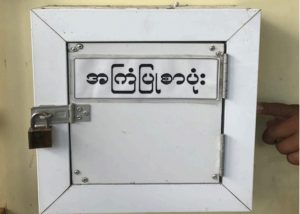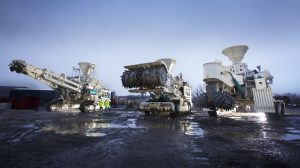The Amazon Basin is the largest maze of waterways in the world. For millennia, its rivers, creeks, and bays have served as thoroughfares for the people and animals of the forest. Today, the heaviest traffic in the region still comes from river dwellers’ canoes and small boats. But larger ships are becoming increasingly common.
The contrast between convoys of barges, or comboios, and the untouched Amazon landscape is striking. As they navigate the rivers of the northern state of Pará, they create waves that shake small, stilted houses and canoes tied up to piers. They carry all kinds of products. Most carry soybeans destined for China.
28%
The growth in soy exports from ports in the Amazon basin
Use of this “northern route” is growing fast and indigenous communities near transit hub Itaituba are concerned about the contamination of the local environment and their food sources. The Brazilian Association of Cereal Exporters (ANEC) puts the growth in soy exports from ports in the Amazon Basin at 28% between 2017 and 2018. At other Brazilian ports, the increase was 22%.
The northern route speeds up shipping to China, the main importer of Brazilian soy. According to data from shipping agency Cargonave, 89 bulk carriers departed from the ports of Santarém, Barcarena, Santana, and Itacoatiara over the past 8 months. 39 of these (43%) were China-bound.
New routes
The comboios leave Itaituba and Santarém in Pará, which are closer to the soy producing mid-west region of Brazil, and travel downriver to the ports of Vila do Conde in Barcarena and Santana in neighbouring state of Amapá. From there, cargo is transferred to larger ships which travel to China via the Panama canal.
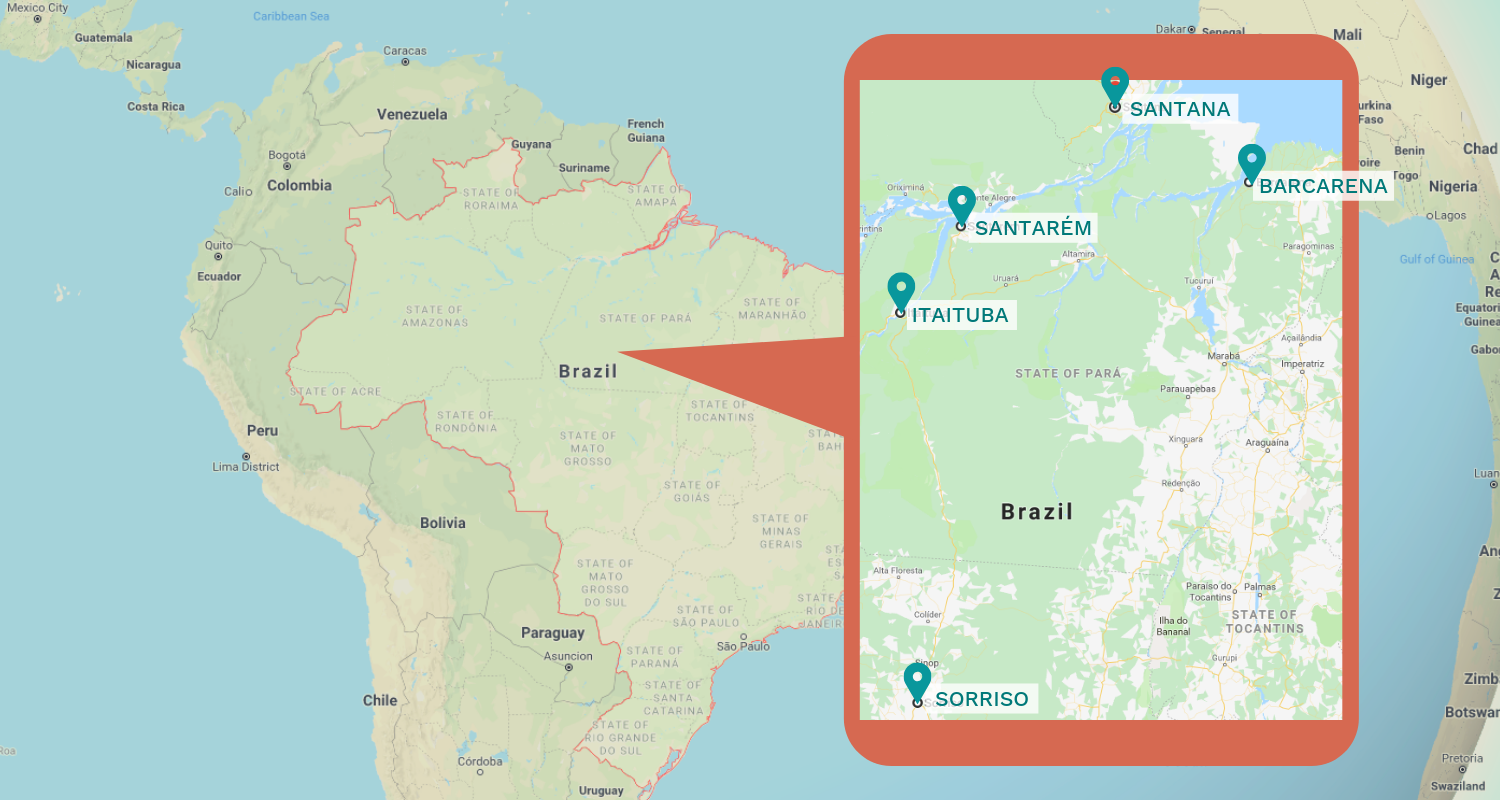
This route cuts transport costs. Itaituba lies 1,100 kilometres from soy producing city Sorriso, in the state of Mato Grosso, Brazil’s agricultural heartland. The Atlantic port of Santos, an alternative point of departure in the southeast, is connected by approximately 2,000 kilometres of road. A large comboio consisting of 12 barges has the same cargo capacity as around 900 trucks.
China’s eagerness to import Brazilian soy quicker has grown since its 2018 trade war with the US. Last year, Brazil set new records for soy exports to China, the destination of 82% of the total, according to ANEC. This has created demand for new supply lines.
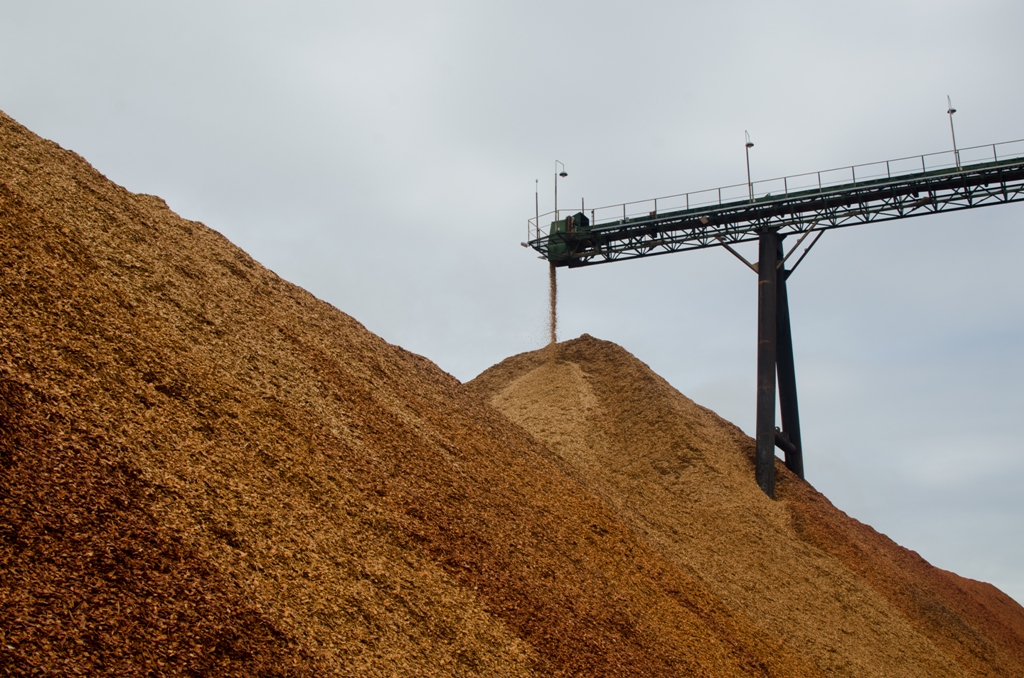
Agribusiness strategists say inland waterways help decongest crowded roads that link midwest regions to Santos and Paranaguá.
However, the creation of infrastructure that supports heavy shipping traffic in the middle of the Amazon has led to rights violations, environmental damage and inconsistent environmental licensing.
Social and environmental impacts
In Miritituba, Pará, the first social impacts were felt with the influx of construction workers from other regions.
“The flow of jobs increased, but there may be unemployment because of mass layoffs after construction is finished,” said Ione Nakamura, state prosecutor for agrarian law with the Pará state public prosecutor’s office.
“The number of traffic accidents also climbs, and as more people from elsewhere arrive, so do child prostitution and drug trafficking,” she added.
The port facilities also impact Munduruku indigenous peoples’ way of life. The most affected live in Praia do Índio, a village about 10 kilometres from the centre of Itaituba.
“There are three ports right in front of my village,” says Alessandra Korap, a community leader in Praia do Índio. “Companies say there is no impact because the ports are on the other side of the river, but this affects our fishing area. When trucks reach the port, they fill up the silos and dust falls into the river. When we cut open the fish, their bellies are all ruined.”
According to NGO Fase, other consequences of the route include land speculation, noise pollution, and pesticides leaking from the barges. As the forest and the rivers are increasingly overrun by port companies, native inhabitants may be forced to move to cities with little infrastructure. In most cases, this process condemns river dwellers and indigenous people to poverty and marginalisation.

Brazilian law states that affected communities must be offered public consultations on the impacts of infrastructure projects. The International Labour Organisation’s convention 169, which Brazil has ratified, mandates that indigenous and quilombola communities must be afforded public hearings on projects.
The Munduruku, however, claim that they were not consulted on the Cianport and Turia River ports.
“The companies are trampling on the consultation protocol we created. The city of Itaituba is full of ports, and soon they’ll move on to our land,” says Juarez Saw Munduruku, leader of the Sawré Muybu tribe.
Prosecutors also allege that environmental risks were not properly assessed. The State Department of Environment and Sustainability (SEMAS) granted Miritituba an environmental license. But the public prosecutor’s office said the large number of joint ventures and potential damage means federal agency IBAMA should have evaluated the project.
“We need to understand that environmental licensing for ECTs (cargo transfer stations or ports) cannot be viewed in isolation,” said Nakamura. “Are all these ventures feasible for a watershed considering that there are also several other highways and dams in the region?”
Sometimes, the thirst for profits brings harm to the region
In Amapá, near the port of Santana, an endpoint on the internal soy shipment route, the risks posed by port developments are already evident. From a boat, the ruins of a port belonging to London-based mining company AngloAmerican that collapsed in 2013 are clearly visible.
The disaster killed six people and could have had even greater human costs. It sits right next to the bustling Porto do Grego, a boarding point for passenger vessels that travel down the Amazon. It is also home to two fishing communities.
According to Joaquim Cabral, a federal prosecutor in Amapá, high commodity prices meant the terminal was overloaded in the rush to capitalise. “Sometimes, the thirst for profits brings harm to the region.”
From the Tapajós to the Pacific
Many new ports in the Amazon region are simple ECT installations. Grain dealer Bunge owned the first station that began operations in Miritituba in 2014. Since then, several companies have expressed interest in building their own.
“We are not talking about just one but rather a series of ventures across the entire state of Pará. At least 30 want to establish [transfer stations] in the Miritituba region alone,” says Nakamura.
According to Diana Aguiar, an advisor to Fase and author of the study The geopolitics of Chinese infrastructure in South America, the new logistics corridor demonstrates China’s role as a major commodities buyer and investor in global infrastructure.
The Chinese are not only buying Brazilian soy, but producing it in and exporting it from the country. Chinese companies already use ports in the Amazon to sell their own products. This is true of Cofco, China’s largest grain dealer and already the fourth-largest soya exporter in Brazil.
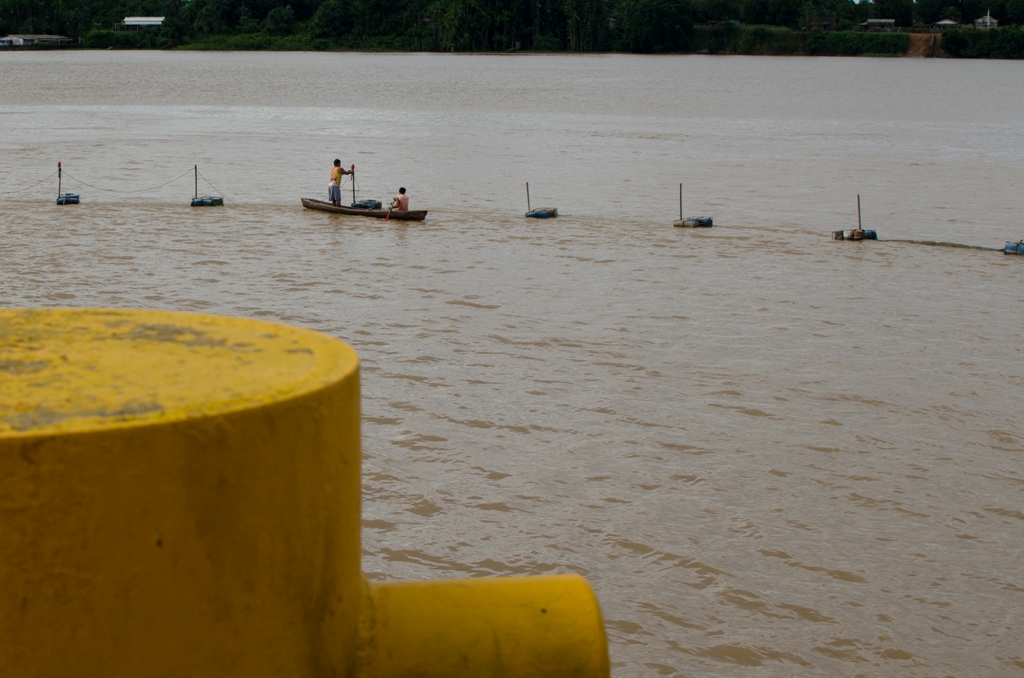
According to Cofco, a private terminal owned by the company in Santos hosts its main operations. But in 2018, Hidrovias do Brasil, which operates a cargo station in Miritituba, added clauses to its contract with Cofco to provide cargo transfer, river shipping, and port operation services. The contract was extended to 2031 and allows an increased maximum grain volume of 9,630 tonnes.
Chinese are also interested in expediting the flow of soy through the northern passage by improving road and rail infrastructure. One such project is the Paraense Railroad, which will connect southeastern Pará to the port of Barcarena. Another, Ferrogrão, will link Mato Grosso to Itaituba.
Both projects are still undergoing feasibility studies, but authorities have confirmed Chinese investor interest. Website Relatório Reservado published an article noting Cofco’s interest in Ferrogrão.
When asked about the article, Cofco declined to comment.
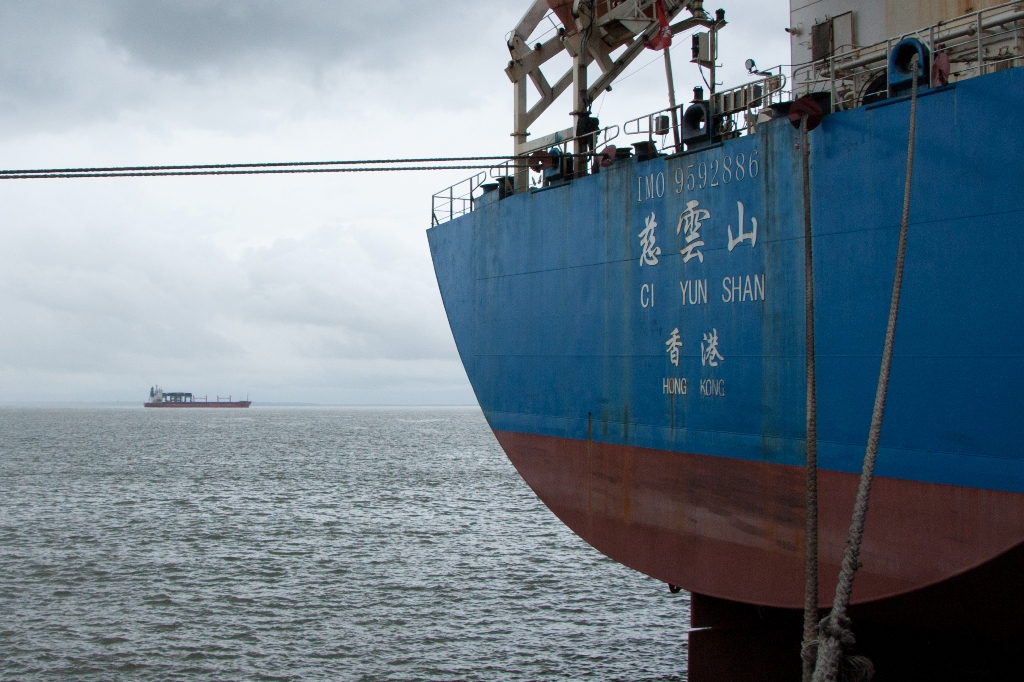
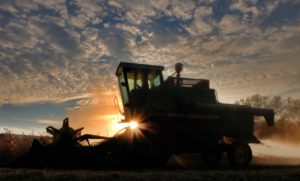

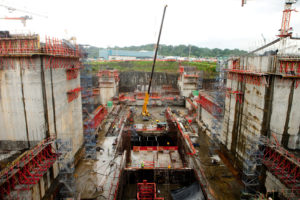
![Amne Machin, a sacred mountain on the Tibetan plateau, which is changing far quicker than the world realises [image by: Joshua Cohen]](https://dialogue.earth/content/uploads/2019/02/The-Tibetan-plateau-is-changing-far-quicker-than-the-world-realises-300x225.jpg)
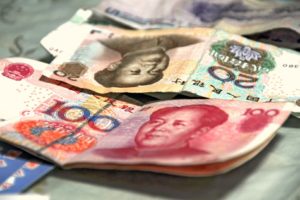
![Only a little grass and a few animals grazing near the Deosai National Park [image by: Amar Guriro]](https://dialogue.earth/content/uploads/2018/09/16-B-300x200.jpg)
